In a groundbreaking initiative, the European Commission has proposed new regulations to hold producers accountable for the entire lifecycle of textile products and promote sustainable textile waste management across the EU. This measure aims to accelerate the development of the separate collection, sorting, reuse and recycling of textiles sector in the EU, while being in line with the EU Sustainable and Circular Textiles Strategy. The goal: to promote local jobs, cost savings for consumers inside the EU and beyond, and reduce the impact of textile production on natural resources. A step in the right direction, we think.
At the same time, this increases the complexity for fashion brands and fashion e-commerce in Europe. We have summarised the most important aspects for you in this article.
Inhalt:
1. EU Textile EPR Directive: Extended producer responsibility (EPR) for textiles
2. Promoting the collection, sorting and recycling of textiles.
3. Combating illegal exports of textile waste through EU Textile EPR Directive
4. EU Textile EPR Directive: A step towards sustainability
5. EPR France: This applies to textiles
6. EPR Netherlands: This applies to textiles in Holland
8. EPR Sweden: Intensive efforts to recycle textiles
9. Conclusion
EU Textile EPR Directive: Extended producer responsibility (EPR) for textiles.
A key point of the initiative is the introduction of mandatory and uniform Extended Producer Responsibility (EPR) schemes for textiles in all EU Member States. This best practice has already had great success in improving waste management in relation to packaging, batteries and electrical and electronic equipment. Under the EPR, producers will bear the costs of managing textile waste. This will not only create incentives to reduce waste and promote the circular economy of textile products, but also encourage the design of more sustainable products from the outset. The level of producer contributions will be adjusted based on the environmental performance of the textiles, a principle known as “eco-modulation”.

Promoting the collection, sorting and recycling of textiles.
The proposed regulations of the EU Textile EPR Directive will also help to facilitate the separate collection of textiles from 2025 onwards. Financial contributions from producers will fund investments in capacity for separate collection, sorting, reuse and recycling of textiles. The goal is to ensure that used textiles are sorted for reuse and that non-reusable textiles are prioritized for recycling. These measures will provide new business opportunities and a larger market for used textiles to social enterprises involved in the collection and treatment of textiles.
So textile manufacturers must bear the costs for the separate collection, sorting and recycling of products such as clothing, accessories, blankets, bed linen, curtains, hats and shoes.
This also includes products containing textile-related materials such as leather, artificial leather, rubber or plastic.
The scope of the EPR has been extended so that manufacturers are also responsible for the disposal of carpets and mattresses made primarily from textiles until December 31, 2027.
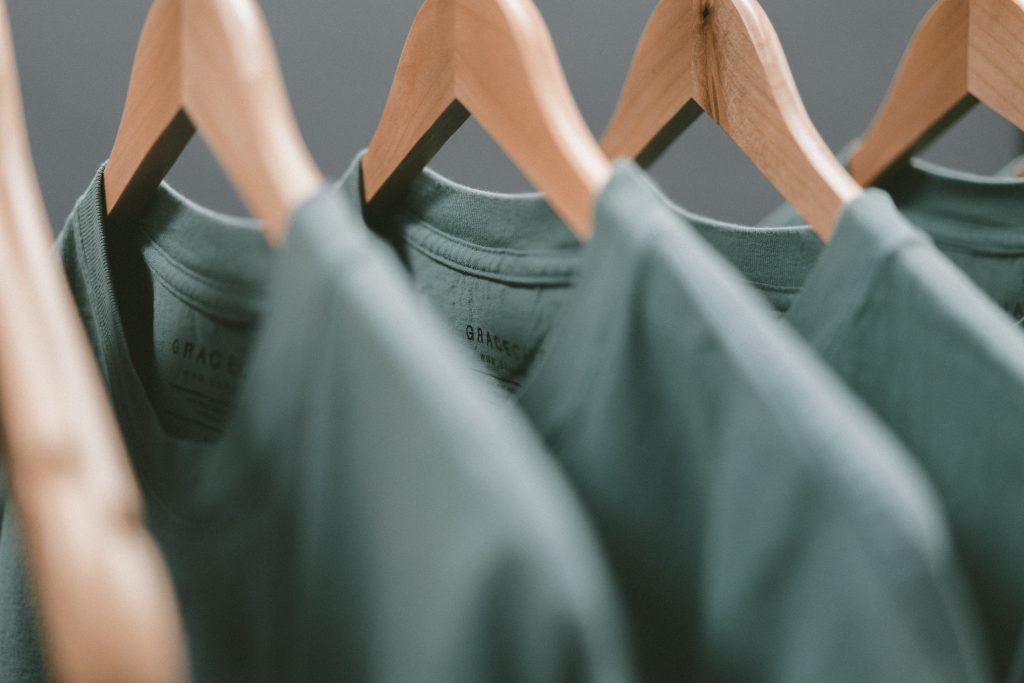
Innovation and research for sustainable textiles thanks to EU Textile EPR Directive.
The initiative also aims to promote research and development of innovative technologies for the circular economy in the textile sector. One example is fiber-to-fiber recycling, which can help increase the sustainability of textile products.

Combating illegal exports of textile waste through EU Textile EPR Directive
Another important aspect of the EU Textile EPR Directive is to combat illegal exports of textile waste to countries that are not adequately prepared for it. The new regulations clearly define what is considered waste and what is considered reusable textiles. This should prevent waste from being exported under the pretext of reuse. The measures complement proposals for a new regulation on waste shipments, which will ensure that waste is only exported if it is guaranteed to be managed in an environmentally sound manner.

EU Textile EPR Directive: A step towards sustainability
The EU Textile EPR Directive initiative is a significant step towards a more sustainable and circular textile industry in the EU. Considering that the EU generates 12.6 million tons of textile waste per year and so far only 22% of it is collected and recycled separately, these measures are of great importance. The introduction of EPR for textiles and the promotion of textile collection, sorting and recycling will help reduce the environmental impact of textile production and create a more sustainable future.
Next steps
The proposed draft amendment to the Waste Framework Directive will now be considered by the European Parliament and the Council in the ordinary legislative procedure. It remains to be seen how the discussions and decisions will affect the future of the textile industry in the EU.
EPR in the EU: Outlook and current developments
Even though the mills of the European Union grind slowly, there is a lot going on. Some countries have already rolled up their sleeves and are getting down to the business of implementation. Here is a brief overview of current developments within the EU:
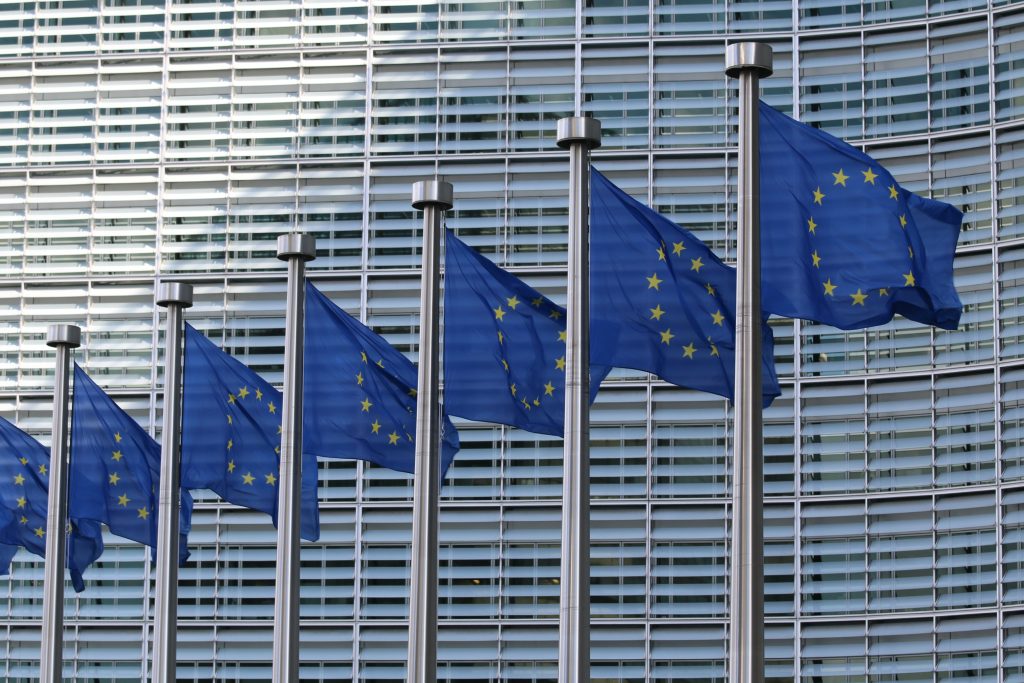
EPR France: This applies to textiles
France is the only EU country with an EPR system for textiles. This means that manufacturers of textiles are responsible for the take-back, recycling and final disposal of their products.
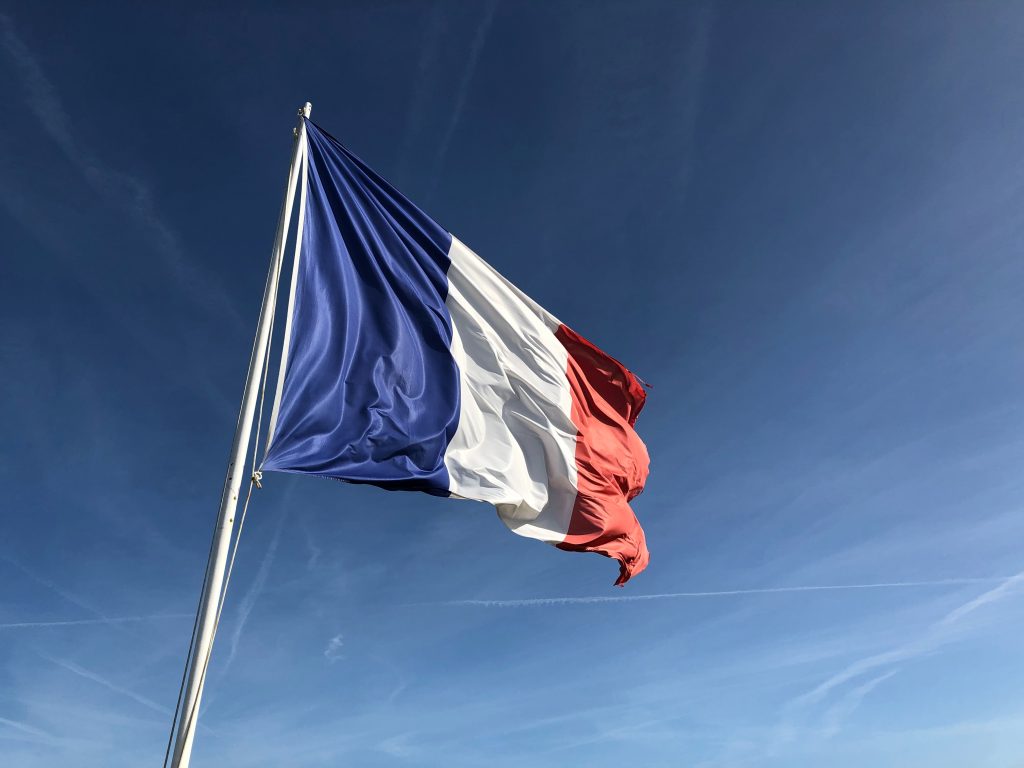
In the Netherlands, the Ministry of Infrastructure and Water Management has introduced extended producer responsibility (EPR) for textiles. As of July 1, 2023, manufacturers are responsible for recycling and reusing textiles. This means that producers are responsible for an adequate collection system, recycling and reuse of clothing and household textiles, and financing of the whole system.
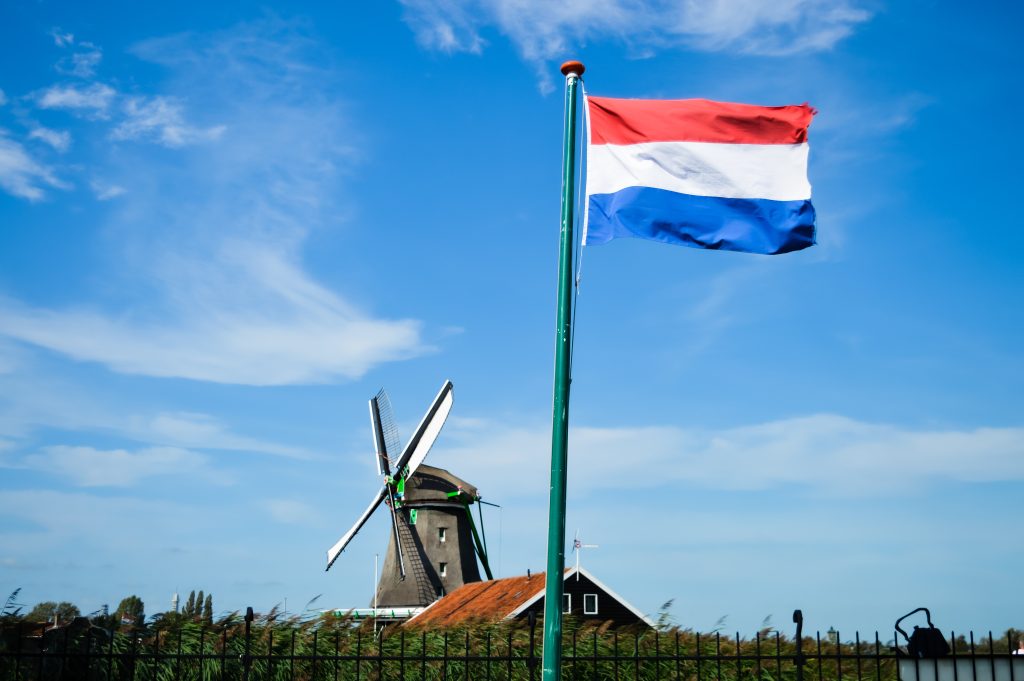
EPR Italy: Textiles
In Italy, the Ministry of Environment and Energy Safety (MASE), in collaboration with the Ministry of Enterprise and “Made in Italy” (MIMIT), presented a draft decree on February 2, 2023, setting out the new obligations for manufacturers in the textile sector regarding the design, production, disposal and recycling of textiles. A consultation period has now been launched with key stakeholders in the sector, who could submit their comments until March 3, 2023.
Among the most important changes announced by MASE for textile producers is that producers must take responsibility for financing and organizing the collection, preparation for reuse, recycling and recovery of textile waste. This can be done through collective or individual management systems. Appropriate financial and organizational resources must also be provided to establish a nationwide textile waste collection network and “selective collection systems to increase the quality of textile fractions.”
For the design phase of textile products, manufacturers must ensure that they develop, produce, and market products that are “suitable for reuse and repair, contain recycled materials, are technically durable, and are easily repairable.” It remains to be seen how these developments will affect the textile industry in Italy.
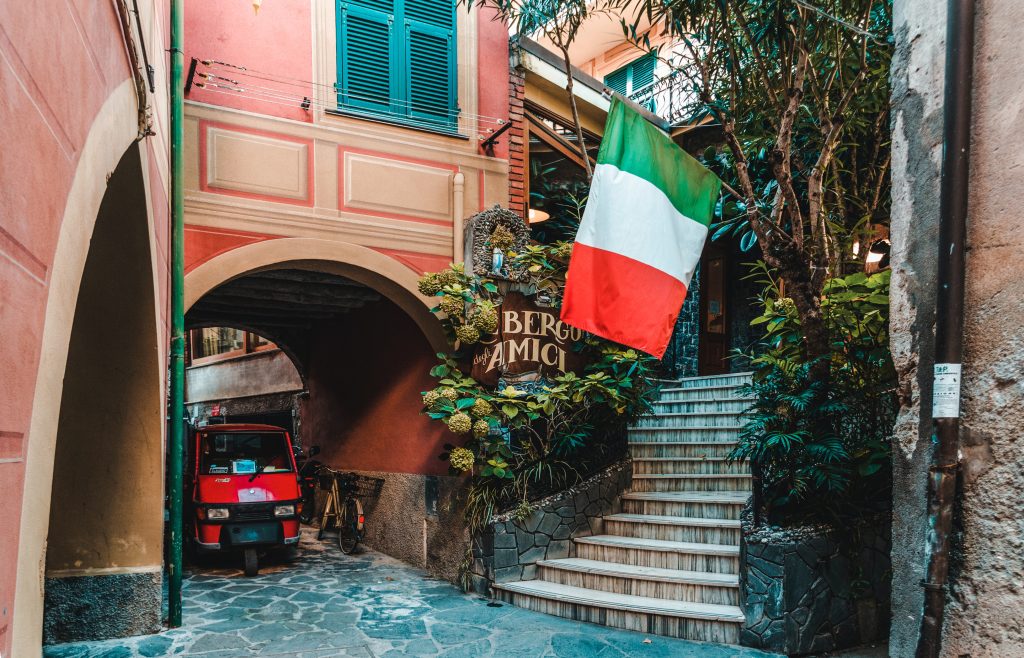
EPR Sweden: Intensive efforts to recycle textiles
Several efforts to recycle textiles are already underway in Sweden. Companies such as H&M offer a clothing recycling service, and construction of a unique textile recycling plant in Sundsvall has been confirmed to produce a material that can be used to make viscose and other new garments. According to the draft EPR legislation for textiles, producers in Sweden should register with a producer responsibility organization (PRO) to report their waste textiles. The report has staggered phase-in dates, meaning PROs are not required to take action until Jan. 1, 2024.
There are national targets to reduce the amount of discarded textiles in Sweden, with the first target being a 70% reduction in weight by 2028 compared to the 2022 baseline. Remote sellers in (producers selling textiles into Sweden) would also be required under the new rules – to help with reporting, they are allowed to appoint a proxy within the country. Any producer who already makes 80% or more of their textile product from textile waste would not be counted and accordingly would not have to report.
EPR costs for textile producers will increase as they will have to report to a PRO and are expected to pass these costs on to consumers. The draft EPR legislation for textiles therefore estimates that the price of an average T-shirt in Sweden could increase by SEK 0.23 (equivalent to 3 cents in USD). The EPR costs for textile producers will be structured similarly to the costs currently borne by producers of other products made of, for example, plastic or paper: Administrative fees and inspection fees would be paid to the Swedish Environmental Protection Agency, in addition to collection costs to the PRO.
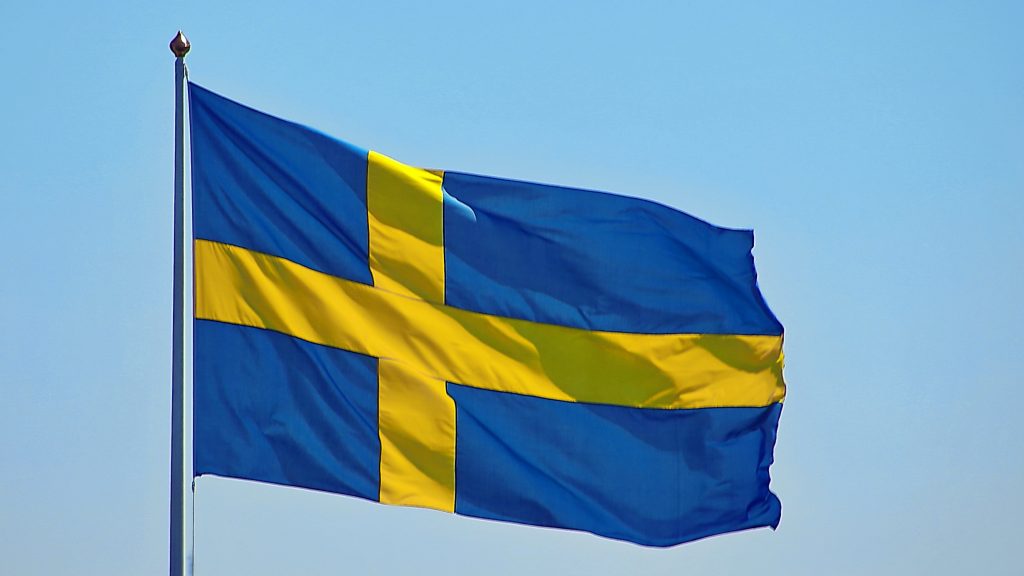
Conclusion
It remains to be seen whether the establishment of EPR systems will become mandatory for all EU member states and whether criteria for EPR systems for textiles will be harmonized or whether different national approaches to EPR will be preferred. The main thing is that the bottom line is that the environment wins.
For everything else, we are there for you! Just ask us free of charge and without obligation!
Need individual help?
We understand how overwhelming such new regulations can seem! But don’t worry, we are here to help. Feel free to inquire without any cost! Our team of experts will get back to you promptly!
